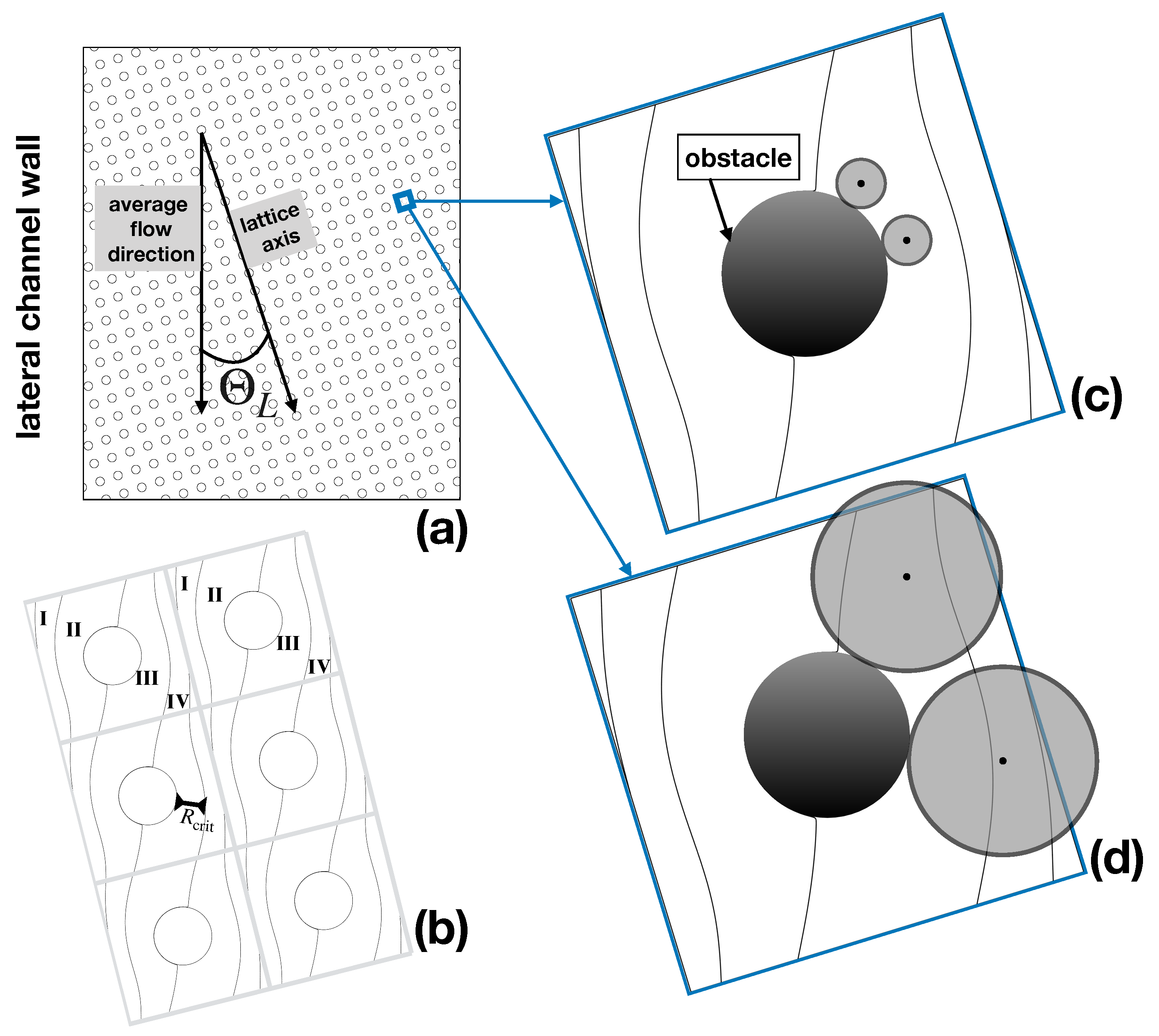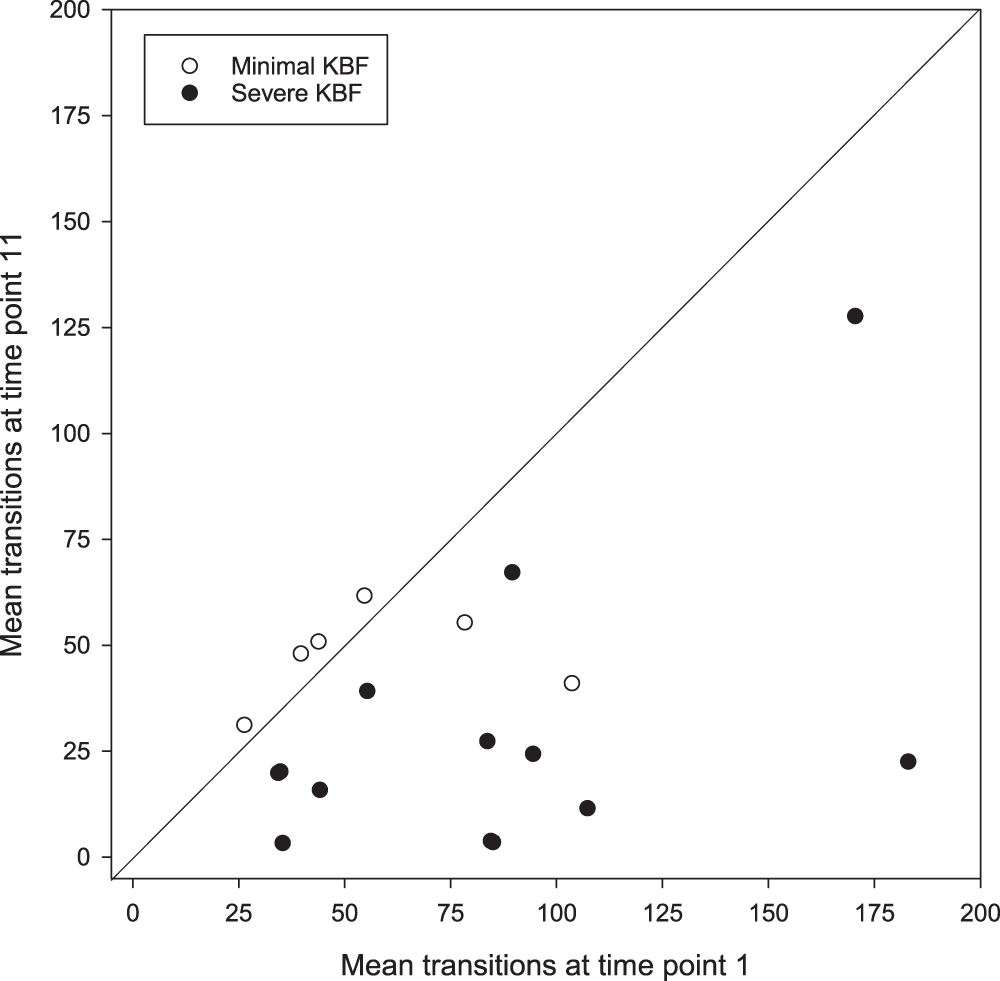

Yield stress discontinuity in a simple glass. Structural relaxation and rheological response of a driven amorphous system. Deformation and evolution of shear bands under compressive loading in bulk metallic glasses. Behavior of multiple shear bands in Zr-based bulk metallic glass. Nanometre-scale defects in shear bands in a metallic glass. Pressure dependence of the shear modulus of various polymers. Pressure dependence of the elastic constants of poly(methyl methacrylate). Weishaupt, K., Krbecek, H., Pietralla, M., Hochheimer, H. Modeling the transient flow of undercooled glass-forming liquids. The Structure and Rheology of Complex Fluids (Oxford Univ. ‘Fracture’ phenomena in shearing flow of viscous liquids. The high pressure high shear stress rheology of liquid lubricants. Violation of the incompressibility of liquid by simple shear flow. Deformation behavior of the Zr41.2Ti13.8Cu12.5Ni10Be22.5 bulk metallic glass over a wide range of strain-rates and temperatures.

Newtonian to non-Newtonian master flow curves of a bulk glass alloy Pd40Ni10Cu30P20. Deformation behavior of Zr65Al10Ni10Cu15 glassy alloy with wide supercooled liquid region. Anomalous viscoelastic behavior of metallic glasses of Pd–Si based alloys. Nonlinear strain theory of plastic flow in solids. A study of the static yield stress in a binary Lennard-Jones glass. Strain localization and percolation of stable structure in amorphous solids. High-density liquidlike component facilitates plastic flow in a model amorphous silicon system. Simulation of plastic-deformation in a 2-dimensional atomic glass by molecular-dynamics. Atomistic process of plastic-deformation in a model amorphous metal. Molecular transport in liquids and glasses. Dynamics of viscoplastic deformation in amorphous solids. A microscopic mechanism for steady state inhomogeneous flow in metallic glasses. Theory of Crystal Dislocations (Oxford Univ. Stabilization of metallic supercooled liquid and bulk amorphous alloys.

The criteria enable us to predict and design fracture behaviour of materials from the pressure dependence of their viscoelastic properties. Their validity is checked by comparing them with numerical solutions of our model and existing experimental results of metallic and polymeric glass formers. We propose novel criteria for the onset of mechanical instability, extending from ductile to brittle fracture. This positive feedback may be the origin of fracture. On the basis of a novel rheological model of fracture, we demonstrate that nonlinear behaviour associated with fracture is a consequence of the coupling between density fluctuations and deformation fields: shear-induced enhancement of density fluctuations is self-amplified by the resulting enhancement of dynamic and elastic asymmetry between denser and less-dense regions. The fracture mechanism of amorphous materials, which are of crucial importance in various fields of engineering, remains a long-standing fundamental problem of science despite intensive efforts over the years.


 0 kommentar(er)
0 kommentar(er)
